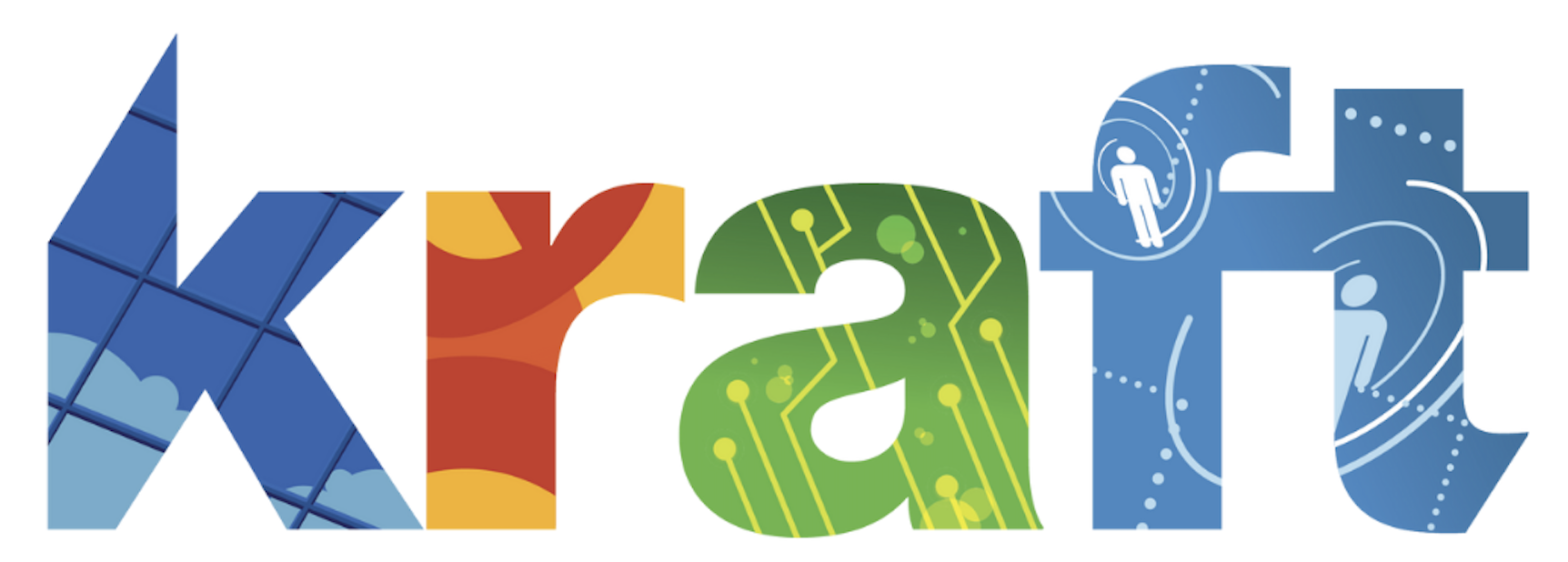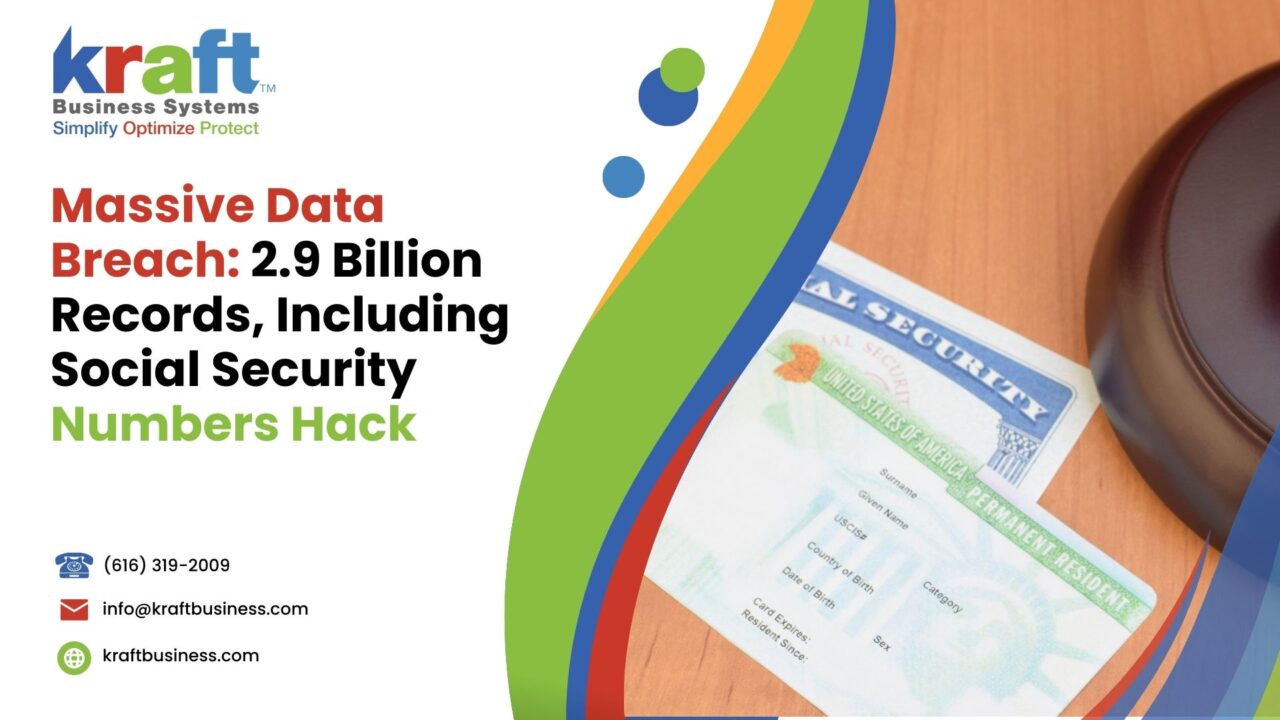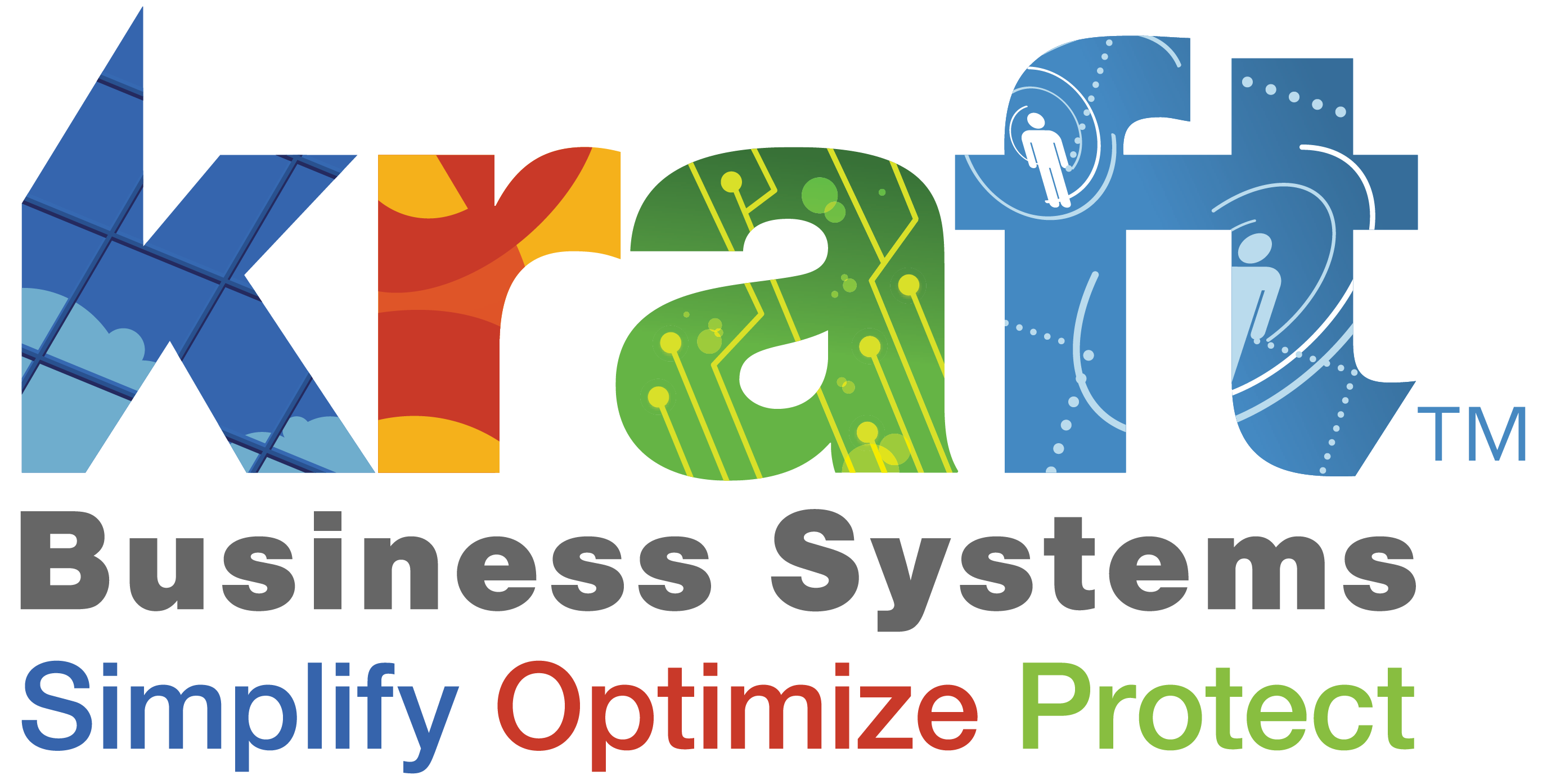Social Security Numbers Hack
A staggering data breach has potentially compromised the personal information of billions of individuals, including sensitive Social Security numbers. The breach, reportedly affecting 2.9 billion records, has raised alarm across the U.S., U.K., and Canada as the hacking group USDoD claims responsibility.

Details of the Breach
The breach was first reported by Bloomberg Law through a class-action lawsuit filed in the U.S. District Court in Fort Lauderdale, Florida. According to the lawsuit, the hacking group USDoD allegedly stole the records from National Public Data, a Florida-based company specializing in background checks. The breach is believed to have occurred in April, but the full scope is just now coming to light.
The stolen data, which amounts to 277.1 gigabytes, includes a vast array of personal information such as names, address histories, relatives, and Social Security numbers—some dating back over three decades. The potential misuse of this data could lead to widespread identity theft and fraud.
Dark Web Sale and Free Distribution
USDoD is reportedly selling the stolen data on the dark web for $3.5 million, as noted by a cybersecurity expert on X (formerly Twitter). However, the situation worsened when a hacker known as “Fenice” released what appears to be the most complete version of the data for free on a forum in August, according to Bleeping Computer. This development has significantly increased the risk of the data being exploited by cybercriminals.
About National Public Data
National Public Data, operated by Jerico Pictures, Inc., is a background check service that collects and maintains extensive personal information. Despite the severity of the allegations, the company has not confirmed the breach. Instead, it has stated that it is investigating claims related to consumer data, as reported by The Los Angeles Times.
Protecting Yourself from Identity Theft
In light of this breach, individuals are advised to take immediate steps to secure their personal information. This includes updating antivirus software, changing passwords, enabling multifactor authentication, and monitoring credit reports for unauthorized activity. Taking these precautions can help mitigate the risk of identity theft and financial loss.
Legal and Regulatory Implications
The breach has sparked a legal battle, with the class-action lawsuit seeking accountability for the massive data exposure. As investigations continue, there is growing pressure on companies handling sensitive data to improve security measures and comply with regulatory standards.
Protect yourself from Data Breach
To protect yourself in the wake of a data breach like this, where sensitive information such as Social Security numbers may have been compromised, consider the following steps:
1. Monitor Your Accounts and Credit Reports
- Check your credit reports regularly: Look for any unfamiliar accounts or activities. You can request a free credit report from the three major credit bureaus (Equifax, Experian, and TransUnion) once a year at AnnualCreditReport.com.
- Enroll in credit monitoring services: Some services will alert you to changes in your credit report, which can help you catch suspicious activity early.
2. Place a Fraud Alert or Credit Freeze
- Fraud Alert: Placing a fraud alert on your credit reports notifies creditors to take extra steps to verify your identity before opening new accounts.
- Credit Freeze: A credit freeze is more secure as it restricts access to your credit report, making it harder for identity thieves to open new accounts in your name. You can lift the freeze temporarily when you need to apply for credit.
3. Change Your Passwords
- Update passwords immediately: Change passwords for all your accounts, especially financial accounts, email, and any sites where personal information is stored.
- Use strong, unique passwords: A strong password should include a mix of uppercase and lowercase letters, numbers, and special characters. Avoid using easily guessable information like your name or birthdate.
- Consider a password manager: A password manager can help you create and store strong, unique passwords for all your accounts.
4. Enable Multifactor Authentication (MFA)
- MFA adds an extra layer of security: Even if someone has your password, they’ll need a second form of identification (like a code sent to your phone) to access your account.
5. Be Cautious with Emails and Messages
- Watch out for phishing: Scammers often use email, text, or phone calls to trick you into revealing personal information. Be skeptical of any unsolicited requests for your data, especially if they claim to be from a company involved in the breach.
- Don’t click on suspicious links: Always verify the sender’s identity before clicking on links or downloading attachments.
6. Secure Your Devices
- Update your software regularly: Keep your operating system, apps, and antivirus software up to date to protect against vulnerabilities.
- Run antivirus scans: Regularly scan your devices for malware and remove any threats that are detected.
7. Monitor Your Social Security Information
- Sign up for a my Social Security account: This can help you monitor your Social Security earnings and ensure that no one else is using your number for employment or benefits.
- Be aware of potential Social Security scams: The Social Security Administration will not call you and ask for personal information over the phone. Report any suspicious calls or emails.
8. Report Identity Theft
- Act quickly if you suspect fraud: If you notice unauthorized charges or accounts, report the fraud immediately to your bank, credit card company, and the credit bureaus.
- File an identity theft report: Visit IdentityTheft.gov to report the theft and create a recovery plan.
9. Consider Identity Theft Protection Services
- Sign up for identity theft protection: These services monitor your personal information and offer assistance if your identity is stolen. Some services can also help recover lost funds or provide legal support.
Taking these steps can help reduce the risk of identity theft and minimize potential damage if your information has been compromised. Stay vigilant and proactive to protect your personal data.
Conclusion
The breach involving 2.9 billion records is one of the largest in history, highlighting the vulnerabilities in data security. As more details emerge, the focus will be on protecting affected individuals and holding those responsible accountable. This incident underscores the urgent need for stronger cybersecurity practices and stricter regulations to safeguard personal information in an increasingly digital world.






